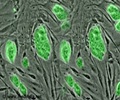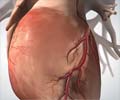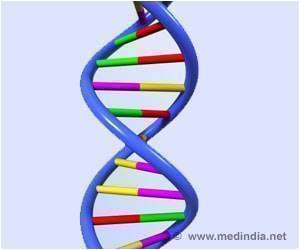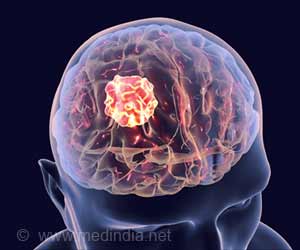Scientists have used stem cells to create functional blood vessels that could one day replace synthetic grafts often required in various vascular bypass surgeries.
Scientists have used stem cells to create functional blood vessels that could one day replace synthetic grafts often required in various vascular bypass surgeries.
Bypass surgery is used to open blocked arteries in one part of the body by using a vessel from elsewhere in the body. However, up to 40 percent of patients don't have a vessel suitable for the procedure.In such cases, surgeons use synthetic grafts, but the artificial blood vessels often become clogged within one to three years at a higher rate than natural arteries often leading to serious infections.
"Our grafts have the potential to be used for peripheral artery disease bypass (mostly in the legs), and arteriovenous fistula (a type of vascular access for hemodialysis), and heart bypass surgery. However, the first uses of the grafts would be for treatment of peripheral artery disease and dialysis access grafting," said Dr. Stephen E. McIlhenny, lead author of the study and tissue engineer of Thomas Jefferson University Hospital in Philadelphia.
The researchers came out with encouraging results from their first pre-clinical tests of the graphs.
"It was our idea to create a more biological conduit that would avoid the problems of synthetic grafts and give patients a better alternative. The significant finding is that we can build a blood vessel from donor tissue and an animal's own adult stem cells. Potentially, patients requiring bypass surgery could receive optimized grafts that would reduce their future complications," said McIlhenny.
They grew rabbit adult stem cells on human vein scaffolds in the laboratory. The team removed all cells from sections of human saphenous veins, which left a tube consisting only of the protein scaffolding that supported the cells.
Advertisement
The researchers derived adult stem cells from the fat cells of each rabbit that would receive the test graft.
Advertisement
"Fat cells are easily obtained with liposuction. Bone-marrow-derived stem cells require going into the bone canal to take bone marrow out, which can be painful," said McIlhenny.
Surgeons cut the abdominal aorta of five male rabbits and inserted stem cell grafts into the large artery. In five other male rabbits, they similarly inserted grafts of the bare protein scaffolding.
After eight weeks, surgeons removed the grafts from the 10 animals. The five bare scaffolding grafts showed significant thickening akin to that seen in human cardiovascular disease, as well as evidence of blood clots.
As for the other five grafts, "we found that using the stem cells as a coating prevented clotting and thickening of the graft wall. I would say those grafts were significantly better," said McIlhenny.
The study was presented at the American Heart Association's Arteriosclerosis, Thrombosis and Vascular Biology Annual Conference 2010.
Source-ANI
RAS













